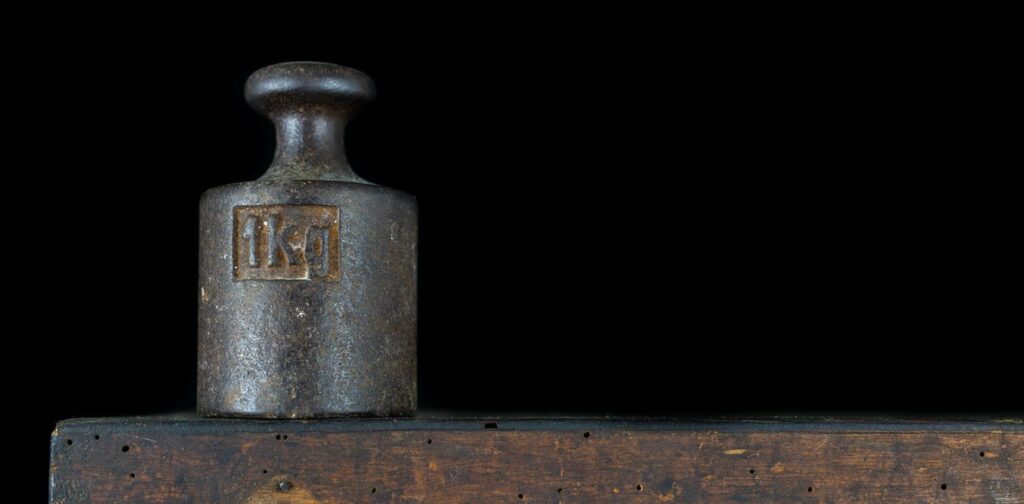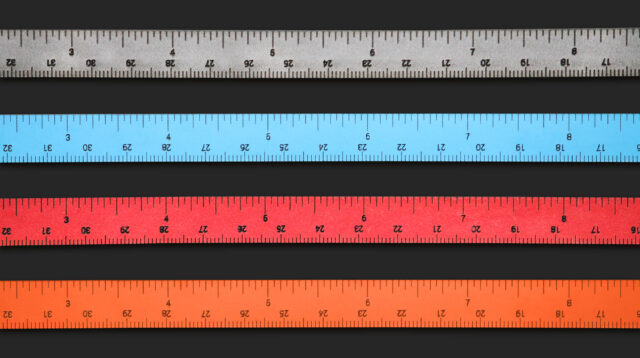The metric system and the imperial system are both used across the world interchangeably. Scientific measurements are specifically done in the metric system which makes it difficult for individuals used to imperial measurements. Because of this reason there is no shortage of online calculators that help anyone confused in the conversion process.
However, the option for accessing an online calculator is not always available. In such a case you will need to rely on simple tricks that allow conversion from the metric to the imperial system. We have included quick tricks that are easy to do in your head.
From Kilograms to Pounds

1 kilogram is equal to 2.2 pounds. This will make for a very complicated calculation in one’s head especially with larger values. However, if you divide the calculation into two parts it becomes easier to convert metric units. Take any value and multiply it by 2 and keep the resultant figure in your head.
The resultant figure should then be divided by 10. The number you get after the division should be added to the initial result you got. The sum will be the weight of the value in pounds. For instance take 80 kilograms. Multiplying it by 2 gives 160. Now, divide 160 by 10 to get 16. Add 16 to 160 and the answer will be 176 pounds. You will most likely get decimal numbers with odd figures but this is a fair method for generic calculations.
From Miles to Kilometers

The imperial system finds use in the US. This is why it becomes difficult for American tourists to convert measurements of distance when they travel to another country. Miles and kilometers are both measurements of distance but the conversion is quite complicated if you use typical mathematics. You can use a length calculator but it is not always the option.
Our simple trick is to convert miles to kilometers by using the Fibonacci sequence. The Fibonacci sequence includes numbers starting from 1 in which a number is the sum of the last two numbers. So, it will go like 1, 1, 2, 3, 5, 8, 13, 21, 34… and so on. Using the Fibonacci sequence is great because the increase in the numbers is not linear. 1 mile is equal to 1.6 km which allows 1 to immediately calculate miles to kilometers using the sequence.
For instance, 8 miles is nearly 13 km which is indicated in the Fibonacci sequence. These are rounded values for convenience rather than accuracy. It can also work backwards in case one wants to convert kilometers to miles.
The Takeaway
Converting metric units into imperial units is not difficult and just requires one to remember certain tricks. Proper mathematical calculations take too long while smaller tricks are far easier to do in your head. While online calculators are always available but sometimes there is a time crunch which needs the conversion methods to be present in the head.



